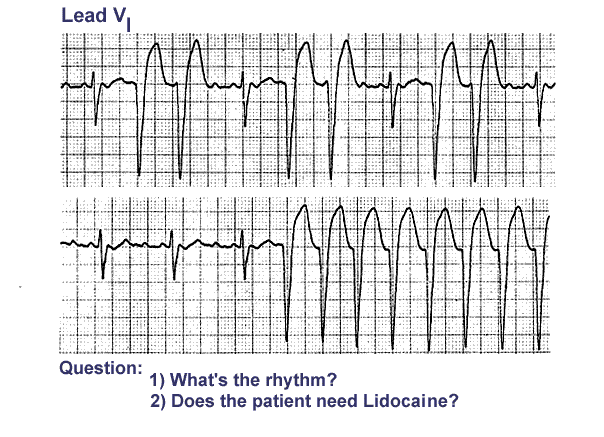

It is estimated based on a determination of the standard error of measurement (SEM) and is estimated as 1 x SEM. The MID can be defined as the smallest change in health status that causes a significant change in the patient's symptoms, justifying the performance or modification of a treatment if there are no significant side effects or excessive costs. 38.6, p 0.80: large amount of change.Īnother way to quantify the ES is to compare it with the minimal important difference (MID). There was a significant difference for Physical Role (46.4 vs. After a mean (SD) follow-up of 6.25 (0.5) years, all scales, except Bodily Pain, were higher than baseline. All SF-36 scales were lower than Spanish population scores.

A linear regression model was constructed to assess long-term QoL predictors. Additionally, the minimal important differences (MID) were calculated to assess the smallest change in QoL that patients perceived as positive. Transformed scores were calculated, adjusted for age and sex and then normalized and standardized for the Spanish population. An SF-36 health questionnaire was self-administered before ablation and at follow-up. Methods and results: From 01/2003 to 05/2005, 94 patients who consecutively underwent typical AFl ablation were included in the study. However, little is known about long-term quality of life (QoL) after CTI ablation. Pilar Cabanas-Grandio1*, Javier Garda-Seara1, Francisco Gude2, José Luis Martinez-Sande1, Xesus Alberte Fernandez-Lopez1 and José R Gonzalez-Juanatey1īackground: Cavotricuspid isthmus (CTI) ablation is the treatment of choice in preventing recurrences of typical atrial flutter (AFl). Assessment of long-term quality of life after cavotricuspid isthmus ablation for typical atrial flutter


 0 kommentar(er)
0 kommentar(er)
